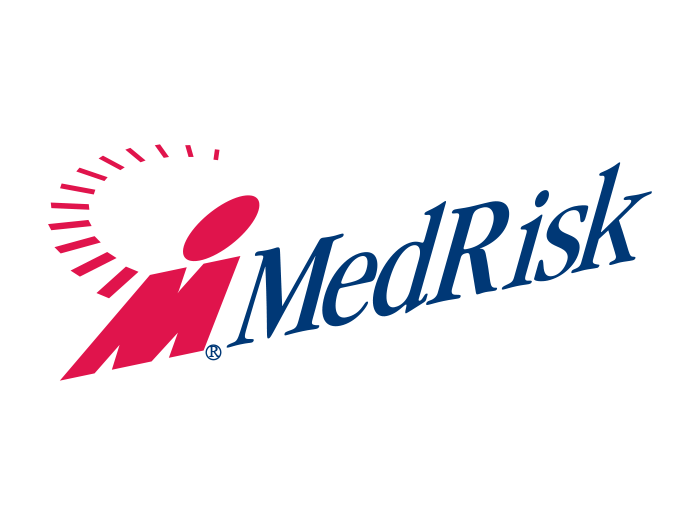Insurers, Take It from a Nonprofit Insurance Expert. Nonprofits Shouldn’t Be Expected to Function like For-Profits
“Nonprofits should operate more like businesses.”
If only I had a nickel for every time I have heard that. It’s a puzzling statement, because it is not always clear about what the speaker intends.
The point of course can’t be that nonprofits should, like for-profits, maximize the bottom line. Perhaps the idea is that nonprofits should adopt certain management practices to operate the organization?
Let’s go with that then and see how nonprofits compare.
Envision a nonprofit working to alleviate food insecurity in a community near you by providing direct assistance through food banks and food delivery to families. The nonprofit makes a budget, secures funding from various sources, and starts providing a service. This is exactly what for-profit businesses do.
Then a few years into the work, as community residents become aware of the nonprofit’s work through word-of-mouth promotion, the nonprofit realizes that the community need is outpacing the fundraising it is doing. So, the more successful it is in feeding our neighbors, the deeper in the red it gets unless it can bring in additional funding.
If the nonprofit were to act like a business, it would recognize that there is market demand, with nearly 40 million people in the U.S. living in food-insecure households in 2020, and scale operations by either getting a loan or drawing on accumulated cashflow from operations to serve the families.
Unfortunately, the nonprofit is not likely to qualify for a loan without some guarantee of a revenue stream. Reserves are even less likely to be available due to how funders make program-specific grants, which leave little buffer and no allocation for reserves. The nonprofit would then have to conclude that it needs to turn away families.
Is that how nonprofits should act more like a business?
In most cases, nonprofits must raise the money for services rendered from someone other than the service recipients. Commercial businesses never face this situation, except for the possible exception of tuition at for-profit colleges paid by parents. While the college will not admit a student whose parents have not paid tuition, no one thinking about the welfare of our communities would want nonprofits to act like a business and ask for payment before helping families at foodbanks.
In any case, this is not the choice nonprofits are willing to make. Instead, they work harder while running a deficit — all choices that might look like poor business acumen to someone looking only at profit and loss.
For the past 30 years, I have had a unique vantage point as the CEO of an insurer of only 501(c)(3) nonprofits that will cross $250 million in gross written premium in the current fiscal year.
We insure many classes of nonprofits, including those overseeing vast numbers of foster families and housing tens of thousands of children, many with dual diagnoses of addiction and mental health challenges, some of whom have been abused themselves or abused others.
These organizations often have large fleets transporting all manner of clients, including those who are unruly, sick or otherwise fragile. Many of these nonprofits have hundreds of low-wage employees in direct contact with vulnerable clients. The executives leading these often highly-regulated organizations are accountable to staff, volunteers, board of directors, communities, client constituencies, multiple government agencies and foundation funders and more.
By contrast, the for-profit business model, with accountability to shareholders or owners, seems pretty simple. As we move to a world where even for-profits are starting to be held accountable for their broader impacts on the environment and their communities, perhaps the notion of being responsible to a variety of stakeholders will become more familiar to for-profit companies.
If there is systemic dysfunction worth commenting on in the nonprofit sector, it relates to how it is funded. To illustrate this, let’s go back to our for-profit/nonprofit comparison.
Most nonprofits raise funds from third-party donors to provide services to their clients. Individuals making those decisions as well as people at foundations are often people of means with good intentions but with little to no experience with the particular problem that is the mission of the nonprofit.
Instead of giving unrestricted funding and trusting the nonprofits executives to use the money where it is most needed, these funders typically restrict what their donations can be used for, and during what time period, thereby limiting management flexibility to adapt to changing needs.
Let’s look back at our earlier for-profit college example. Imagine if parents paying tuition restricted those funds to only be used for professors but not for staff, rent, utilities or any other overhead. How effective do you think a college would be in educating students under these circumstances?
The point is that nonprofits may not operate in ways that look efficient to for-profit businesses, but they are doing their best for all of us, under ridiculously difficult circumstances. Sometimes what looks like inefficiencies or poor strategy is simply because of the restrictions nonprofits face in how they can use funds to deliver on their mission. And other times, they are strategies that are effective in generating community and volunteer support and provide long-term efficiencies.
If we only think for-profit models are worth pursuing, we are shutting out other models our society needs to function.
Some of the complexities faced by nonprofits could be remedied by completely unrestricted funding. Others are simply built into the nature of people serving businesses. But, despite all of the challenges community-based nonprofits face, they are doing phenomenal work in an extremely efficient, compassionate and safe manner.
Altogether, operations excellence as well as a keen understanding of and compassion for the needs of their clients are what make nonprofits eminently insurable, just like for-profit businesses.
The hard market for nonprofit insurance over the past few years, particularly professional and sexual abuse coverage, would lead you to believe that nonprofits are poorly run, risky and unpredictable. Other than to say that I have 30 years of direct experience which contradicts that notion, I’ll save my thoughts on that for another day. &










